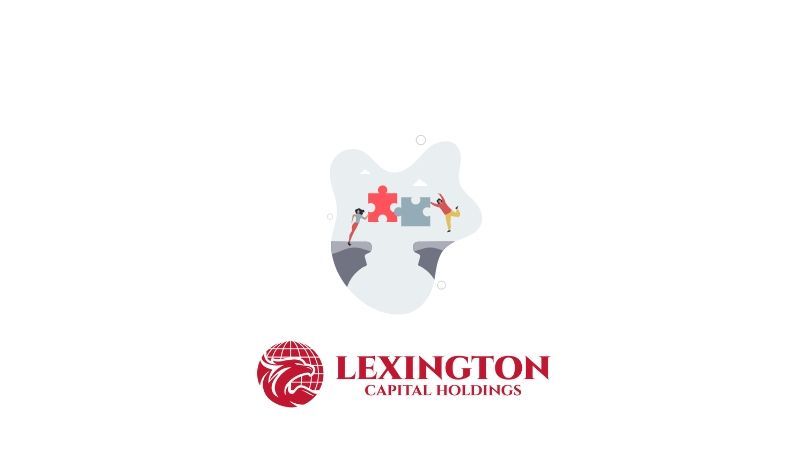Capital One Acquires Discover: A New Chapter in Financial Services
Capital One Acquires Discover: A New Chapter in Financial Services
In a landmark deal that is set to reshape the contours of the consumer finance industry, Capital One has completed its acquisition of Discover Financial Services. This merger unites two giants in the financial sphere, heralding a new era of banking, credit, and financial solutions worldwide.
Overview of the Acquisition
The deal, notable for its substantial valuation, merges Discover's acclaimed customer-focused credit card and personal loan services with Capital One's extensive banking and financial product suite. It aims to create a behemoth in the financial sector, characterized by an enlarged customer base, improved service offerings, and a formidable market presence.
Strategic Market Implications
The acquisition represents a deliberate strategy by Capital One to harness Discover's robust brand appeal and pioneering payment technologies. It signifies a broadening of Capital One's operational scope and underscores its dedication to delivering diverse and innovative financial solutions to both individual consumers and businesses.
Benefits to Consumers and Industry Impact
Consumers stand to gain significantly from the merger, with prospects of accessing a wider variety of financial instruments, improved digital banking interfaces, and more competitive pricing structures for loans and credit facilities. The combined expertise of Capital One and Discover is expected to spur innovation, leading to the introduction of advanced financial technologies and services.
This consolidation marks a pivotal shift in the financial services sector, emphasizing the growing trend towards amalgamation among banking institutions. Industry watchers anticipate that the merger will not only spur competitive vigor but will also hasten the embrace of digital financial solutions across the industry.
Regulatory Considerations and Shareholder Response
The deal has attracted regulatory scrutiny, undergoing comprehensive reviews to ensure it adheres to financial regulations and maintains competitive fairness. Both companies have shown confidence in fulfilling all regulatory demands, pledging to uphold principles of competitive fairness and consumer advantage.
The reaction from shareholders has been overwhelmingly positive, with expectations of enhanced long-term value and expansion prospects from the merger. This sentiment is echoed by financial analysts, who commend the strategic compatibility of Capital One and Discover and the anticipated synergistic benefits from their integration.
Future Outlook
With the merger's completion, the immediate focus shifts to the integration of their operations, cultures, and corporate philosophies. The merged entity is poised not only to solidify its market dominance but also to challenge the conventional boundaries of financial service provision.
In essence, Capital One's acquisition of Discover stands as a pivotal transaction with wide-ranging implications for the financial landscape. It epitomizes a strategic move towards innovation, excellence in customer service, and leadership in the market. As these two financial institutions merge, the industry looks forward to the transformative impact this union will have, ushering in a groundbreaking period of innovation and enhanced customer engagement in financial services.

When you apply for business funding, your application goes through a critical stage—underwriting. This is where lenders evaluate risk and determine whether your business qualifies for financing, and under what terms. Understanding what underwriters look for can help you strengthen your application, avoid delays, and increase your approval odds.

Not every business enjoys a steady stream of income. For many companies—especially those in seasonal industries, contracting, or project-based work—revenue can shift dramatically from month to month. These ups and downs are normal, but they can make managing cash flow, payroll, and operating expenses challenging. At Lexington Capital Holdings, we understand that fluctuating revenue doesn’t mean instability—it just means you need the right financial tools to stay balanced and grow confidently.

The Challenge of Hyper-Growth For many startups, growth isn’t the problem—it’s managing it. Rapid scaling demands capital for hiring, marketing, technology, and operations. But too often, founders find themselves cash-strapped right when they need resources the most. Choosing the right financing strategy can be the difference between sustainable growth and burning out too soon.

When it comes to business financing, the terms you secure are just as important as the funding itself. Lower interest rates, flexible repayment schedules, and higher approval amounts can mean the difference between simply surviving and setting your business up to thrive. The good news? Business owners often have more negotiating power than they realize. At Lexington Capital Holdings, we’ve seen firsthand how preparation and strategy can help secure stronger terms. Here’s how you can do the same:

For many businesses, waiting on customer payments can feel like standing still when you’re ready to move forward. Delayed invoices, extended payment terms, or slow collections create cash flow gaps that make it harder to cover expenses, pay employees, or seize new opportunities. The truth is—even successful, profitable companies face this challenge. The key isn’t avoiding it, but managing it strategically with the right funding solutions

Securing business funding is a milestone—but the real impact comes from how you put that capital to work. Every dollar borrowed should fuel momentum, strengthen operations, and generate measurable returns. Unfortunately, too many businesses stop at “getting approved” and miss the chance to maximize their return on investment (ROI). At Lexington Capital Holdings, we believe funding isn’t just about access to capital—it’s about creating opportunity. Here’s how to ensure your financing delivers the highest ROI:

In today’s fast-paced business environment, standing out from the competition requires more than just great products and services—it takes strategy, timing, and smart financial decisions. One of the most overlooked tools in building and maintaining a competitive advantage is business financing. When leveraged correctly, financing doesn’t just help you “get by”; it can actually position your business to outpace competitors and capture new opportunities.

In business, surprises aren’t a matter of if—they’re a matter of when. Whether it’s a sudden equipment breakdown, an unexpected dip in sales, or a market shift that requires quick adaptation, unforeseen expenses can test even the most successful companies. The difference between thriving and struggling often comes down to how well you’ve prepared.

When most business owners hear the word debt, it sparks feelings of stress or risk. But here’s the truth—debt isn’t always a bad thing. In fact, when managed strategically, debt can become one of the most powerful tools to grow, stabilize, and scale your business. At Lexington Capital Holdings, we work with business owners every day who are navigating this very question: Is taking on debt the right move for me? Let’s break down the difference between “good” and “bad” debt so you can make informed financial decisions.

In today’s business world, financing options are everywhere—but choosing the right path can feel overwhelming. From traditional bank loans to alternative lending solutions, the fine print and fast-changing requirements often leave business owners spending more time deciphering funding terms than actually running their businesses. That’s where the value of a dedicated funding advisor truly shines. At Lexington Capital Holdings, we’ve seen firsthand how personalized guidance can transform the funding experience for business owners of all sizes.

